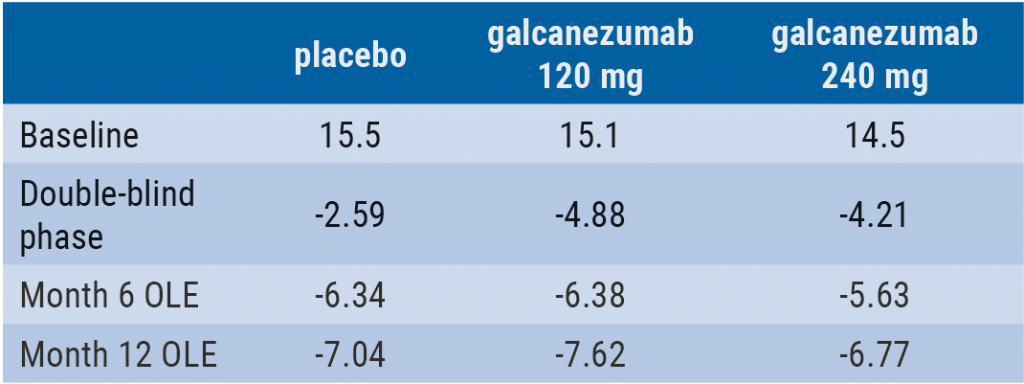"Our study shows that the accuracies of different amyloid-beta 42/40 assays vary substantially when it comes to their ability to detect brain amyloid in patients with early Alzheimer's disease (AD)," Dr. Oskar Hansson, professor of neurology and head of the clinical memory research unit at Lund University, in Sweden, told Reuters Health by email.
"It shows that certain mass spectrometry-based assays are clearly better than other types of assays," Dr. Hansson said.
As reported in JAMA Neurology, the researchers compared the performance of plasma amyloid-beta 42/40 measured using eight different assays and methods for detecting abnormal brain amyloid-beta status in patients with early AD.
Participants included 408 elderly people with and without cognitive impairment from two independent cohorts - the BioFinder cohort and the Alzheimer Disease Neuroimaging Initiative (ADNI).
In both cohorts, two immunoprecipitation-coupled mass spectrometry (IP-MS) methods - IP-MS-WashU (Washington University) and IP-MS-Shim (Shimadzu) - had the highest discriminative accuracy for determining amyloid-beta 42/40 in cerebrospinal fluid (CSF) and amyloid-beta status on PET imaging.
Amyloid-beta 42/40 measured using IP-MS has previously demonstrated high accuracy in detecting abnormal brain amyloid-beta status in AD with area under the receiver operating characteristic curve (AUCs) ranging from 0.88 to 0.97, the authors note.
In their study, the AUCs of both IP-MS-based methods were "somewhat lower" than in other cohorts, which indicates that the "impact of differences in cohort characteristics and sample handling is not negligible."
Nevertheless, plasma amyloid-beta 42/40 quantified with the IP-MS-WashU approach showed "significantly better performance" than the immunoassays.
"However, while MS is a powerful research tool, fully automated immunoassays or MS will probably be needed to provide global access to blood-based biomarkers for routine clinical use in primary care settings," the authors say.
Among the amyloid-beta 42/40 immunoassays, IA-Elc (Roche) had the "numerically highest AUC," most likely because it is performed on a fully automated platform with "very high analytical reliability and precision," they note.
"Being the first large head-to-head study, the study indicates which assays have the greatest potential for use in clinical practice and trials. However, prospective studies are needed where patient samples are analyzed in a consecutive manner, i.e. not all samples at the same time, before large-scale implementation in clinical practice," Dr. Hansson told Reuters Health.
The study had no commercial funding. Dr. Hansson has received personal fees from AC Immune, Alzpath, Biogen, Cerveau and Roche Diagnostics.
SOURCE: https://bit.ly/3EFrK5v JAMA Neurology, online September 20, 2021.
By Megan Brooks
Posted on
Previous Article
« New standard of care for metastatic and non-metastatic prostate cancer Next Article
On-site 3D printing could bridge supply shortages of urological devices »
« New standard of care for metastatic and non-metastatic prostate cancer Next Article
On-site 3D printing could bridge supply shortages of urological devices »
Related Articles

August 27, 2019
Galcanezumab reduces healthcare resource utilisation
© 2024 Medicom Medical Publishers. All rights reserved. Terms and Conditions | Privacy Policy
HEAD OFFICE
Laarderhoogtweg 25
1101 EB Amsterdam
The Netherlands
T: +31 85 4012 560
E: publishers@medicom-publishers.com

